The intersection of art and biology has taken a fascinating turn with the emergence of mycelium-based "living sculptures." These organic artworks, cultivated from fungal networks, challenge traditional notions of permanence in the art world. Unlike marble or bronze, these creations have a lifespan measured in weeks, forcing viewers to confront the transient nature of existence. The latest exhibition featuring these fungal masterpieces ran for merely fourteen days, a deliberate choice that highlights the material's inherent fragility and the artist's embrace of impermanence.
Mycelium, the vegetative part of fungi consisting of a network of fine white filaments, has become an unlikely medium for contemporary artists. When cultivated under controlled conditions, these fungal networks can be guided to grow into predetermined shapes and forms. The process begins with inoculating a substrate—typically agricultural waste like sawdust or straw—with fungal spores. As the mycelium consumes the substrate, it binds the material together, creating a dense, foam-like structure that can be molded into various forms. The resulting material is both sturdy enough to hold shape and delicate enough to maintain its organic essence.
The temporary nature of these exhibitions raises profound questions about the value we place on artistic longevity. In an art market obsessed with preservation and permanence, mycelium sculptures force us to reconsider why we create art in the first place. Is it meant to endure through centuries, or can its value lie in the momentary experience it provides? The two-week exhibition period becomes part of the artwork's statement, a meditation on the cycles of growth and decay that govern all living things. Visitors reported a unique sense of urgency to witness the sculptures before they began their inevitable decomposition.
Artists working with mycelium face unique technical challenges that blur the line between creator and cultivator. Maintaining the precise humidity, temperature, and CO2 levels required for optimal growth demands constant attention. Some installations incorporate living systems that continue to evolve throughout the exhibition, meaning the artwork visitors see on the final day may differ significantly from what appeared on opening night. This dynamic quality transforms the viewing experience into something more akin to observing a performance than viewing static objects.
The ethical implications of working with living organisms as artistic media have sparked lively debates within the art community. While some praise the sustainability of using biodegradable materials that leave no environmental footprint, others question whether we should manipulate life forms for aesthetic purposes. Proponents argue that mycelium art raises awareness about fungal networks' crucial role in ecosystems, often called "nature's internet" for their ability to facilitate communication between plants. The temporary exhibitions serve as powerful reminders of our connection to and dependence on these often-overlooked organisms.
From a technical perspective, creating stable mycelium sculptures that maintain their form for the duration of an exhibition requires sophisticated biological understanding. Artists collaborate with mycologists to develop strains that grow at predictable rates and cease development at the desired moment. Some practitioners employ a process called "heat treating" to pause the growth at a specific stage, while others allow the sculptures to continue evolving naturally, embracing the unpredictability as part of the artistic statement. The scent of earth and decomposition that accompanies these installations adds another sensory layer to the experience, further distinguishing mycelium art from traditional mediums.
The market response to these ephemeral creations has been surprisingly enthusiastic, with collectors willing to purchase documentation of the sculptures rather than physical objects. Certificates of authenticity often include detailed growth parameters and photographic evidence, creating a new category of collectible art that exists primarily as a concept rather than a tangible item. Some forward-thinking galleries have begun offering "cultivation kits" that allow owners to grow their own versions of the sculptures at home, though these will inevitably differ from the original exhibition pieces due to variations in environmental conditions.
Critics have noted that the very nature of mycelium art resists commercialization in traditional ways. The sculptures can't be stored in warehouses or shipped internationally without risking their structural integrity. This limitation has led to interesting developments in how art is distributed and experienced, with some exhibitions being replicated simultaneously in multiple locations using the same growth parameters but different physical specimens. The emphasis shifts from owning a unique object to participating in a shared experience of biological wonder.
As climate change awareness grows, mycelium art gains relevance for its minimal environmental impact. The sculptures require no mining of materials or energy-intensive production processes. When the exhibitions end, the artworks can be composted, returning to the earth without trace. This sustainability aspect has attracted a new demographic to gallery spaces—environmentally conscious individuals who might not typically engage with contemporary art but are drawn to works that align with their ecological values.
The psychological impact of experiencing art that is literally alive and dying before one's eyes cannot be overstated. Visitors report profound emotional responses to watching the sculptures transition from vibrant white networks to discolored, fragile forms as the exhibition progresses. This unavoidable confrontation with mortality and decay creates a raw, visceral experience that static artworks struggle to match. The time-limited nature of these exhibitions transforms them into events rather than displays, with attendance patterns showing visitors often return multiple times to witness the sculptures' transformation.
Looking forward, artists are experimenting with incorporating mycelium's natural abilities into the artistic process. Some are exploring how fungal networks can be used to "draw" by following predetermined nutrient paths, while others investigate how different mushroom species might produce varied colors and textures. The two-week exhibition format appears likely to remain standard, as it provides sufficient time for the sculptures to complete their life cycle while maintaining structural integrity. As the field develops, we may see more ambitious projects that use mycelium not just as a medium, but as a collaborator in the creative process.
The rise of mycelium art challenges fundamental assumptions about what constitutes an artwork and how we should value creative expression. In a world increasingly concerned with sustainability and our relationship to nature, these living sculptures offer a compelling model for art that exists in harmony with ecological systems rather than in opposition to them. The very brevity of their existence becomes not a limitation, but their most powerful quality—a reminder that beauty, like life itself, is precious precisely because it is temporary.
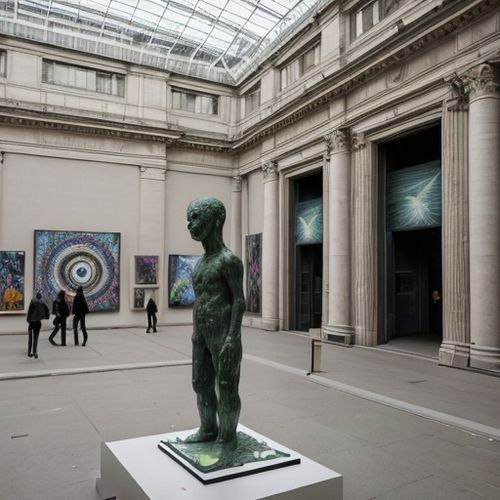
By Jessica Lee/Apr 12, 2025
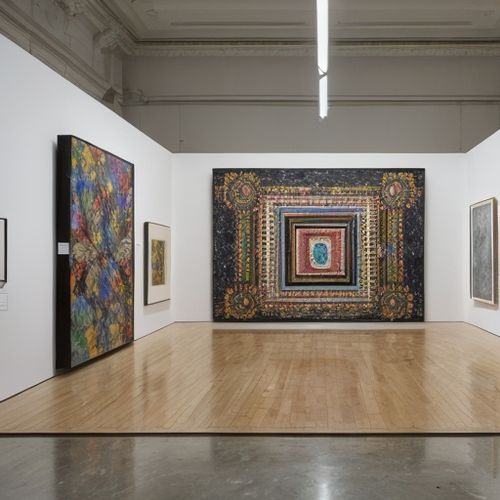
By Daniel Scott/Apr 12, 2025
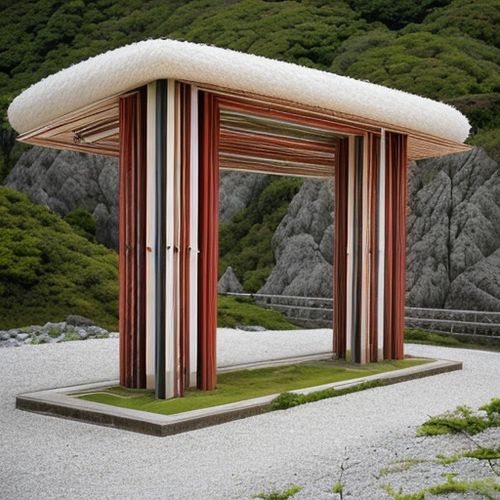
By Megan Clark/Apr 12, 2025
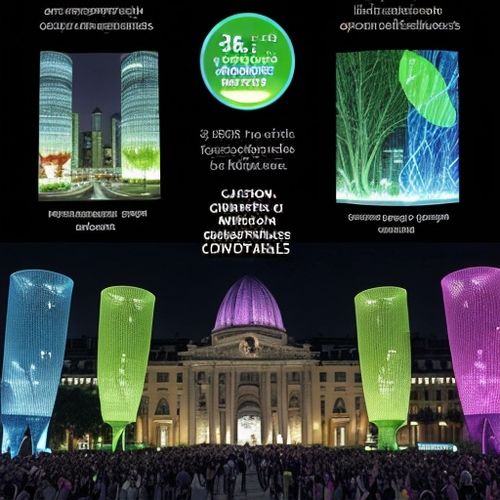
By Elizabeth Taylor/Apr 12, 2025
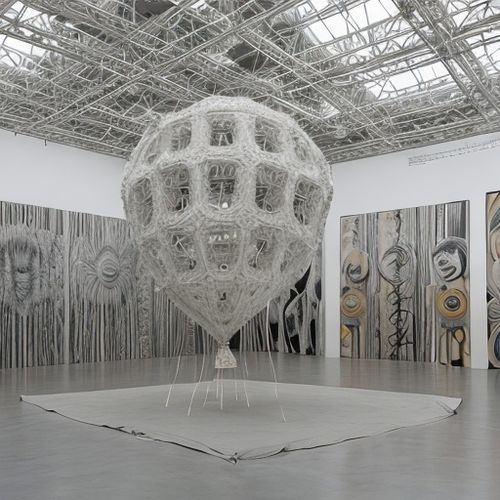
By James Moore/Apr 12, 2025
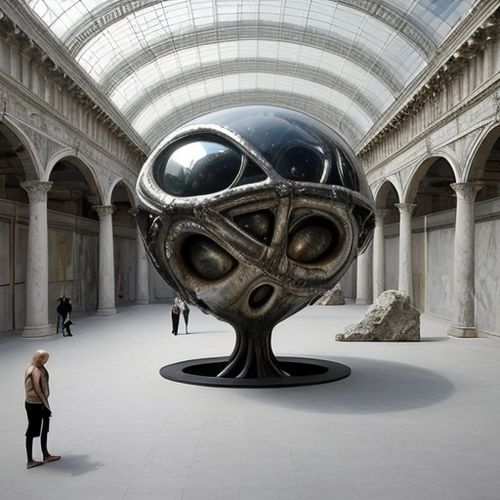
By Natalie Campbell/Apr 12, 2025
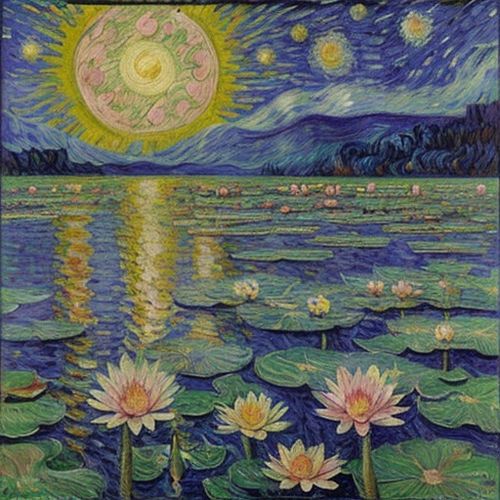
By Grace Cox/Apr 12, 2025

By David Anderson/Apr 12, 2025
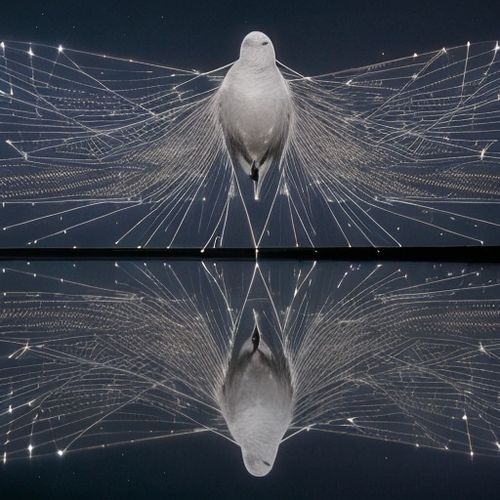
By Emma Thompson/Apr 12, 2025
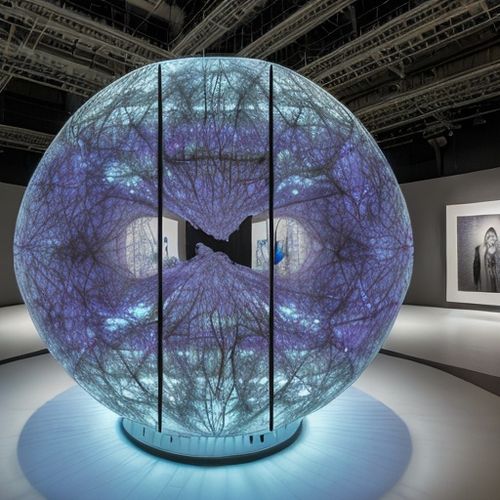
By Jessica Lee/Apr 12, 2025
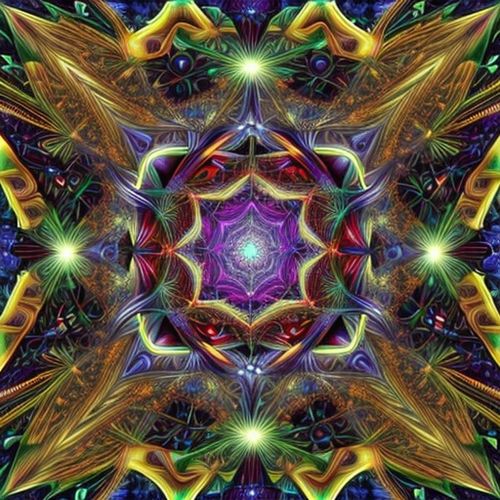
By Thomas Roberts/Apr 12, 2025
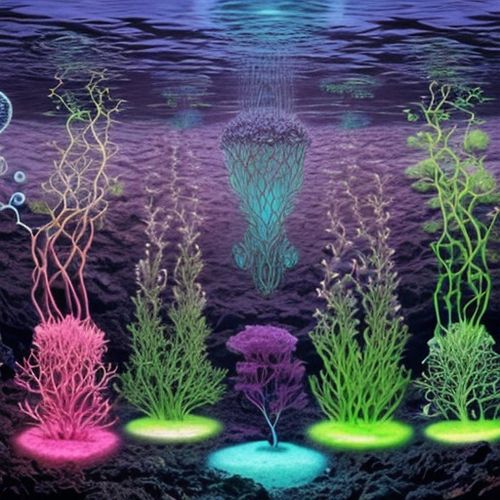
By Noah Bell/Apr 12, 2025
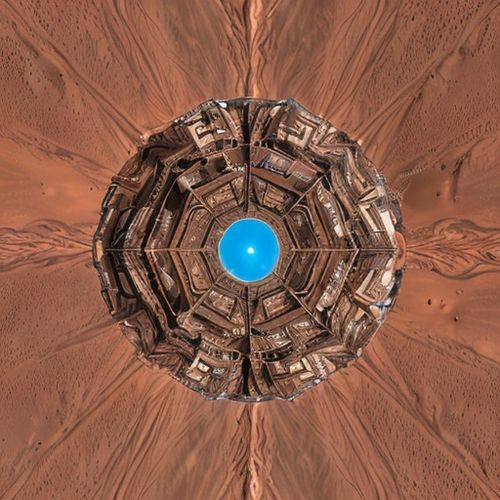
By David Anderson/Apr 12, 2025
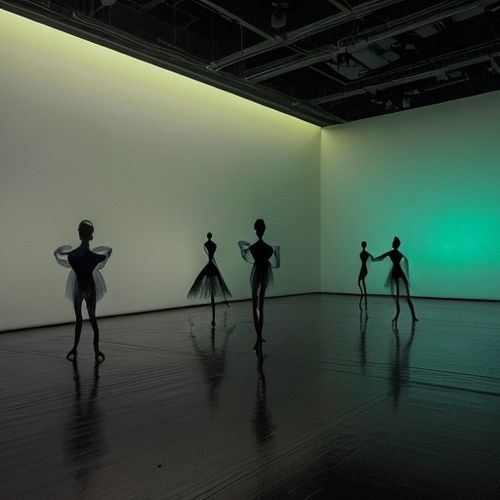
By Victoria Gonzalez/Apr 12, 2025

By Sarah Davis/Apr 12, 2025
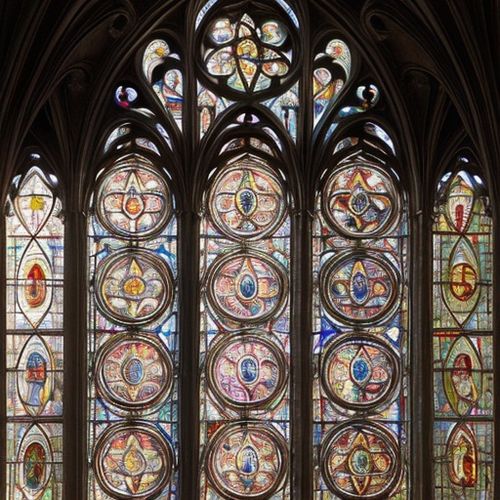
By Rebecca Stewart/Apr 12, 2025
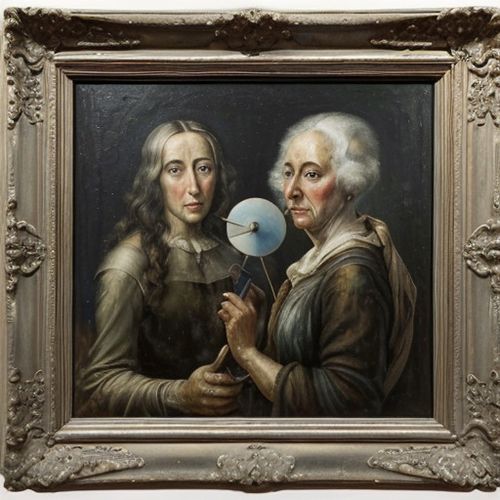
By James Moore/Apr 12, 2025
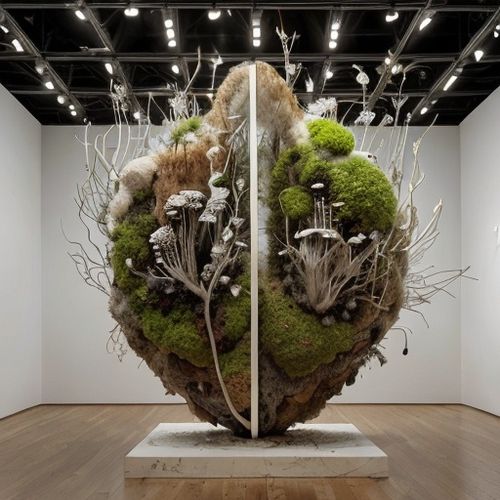
By Thomas Roberts/Apr 12, 2025
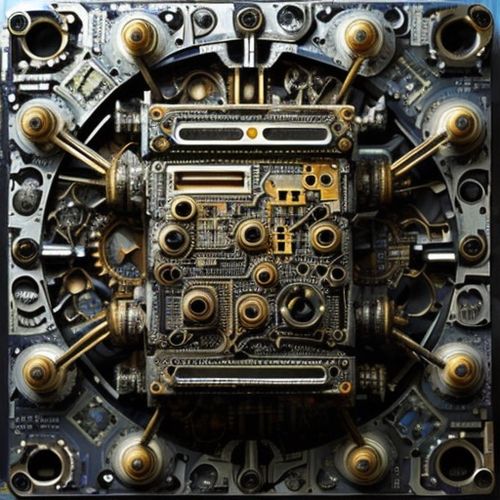
By Lily Simpson/Apr 12, 2025